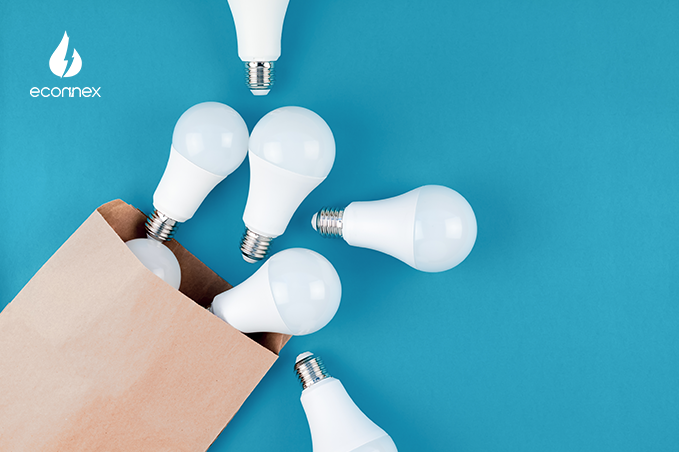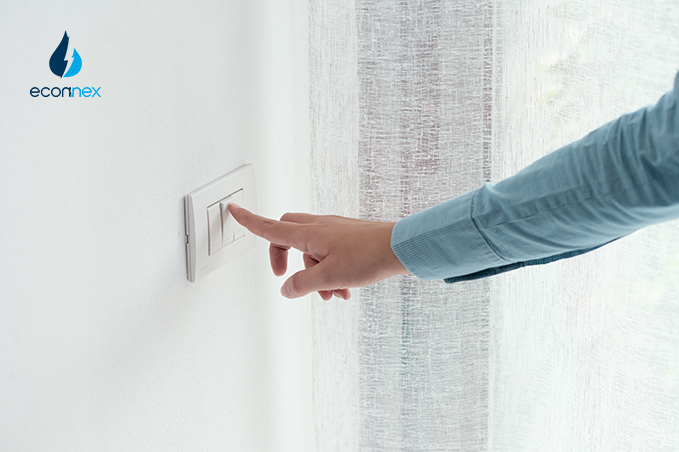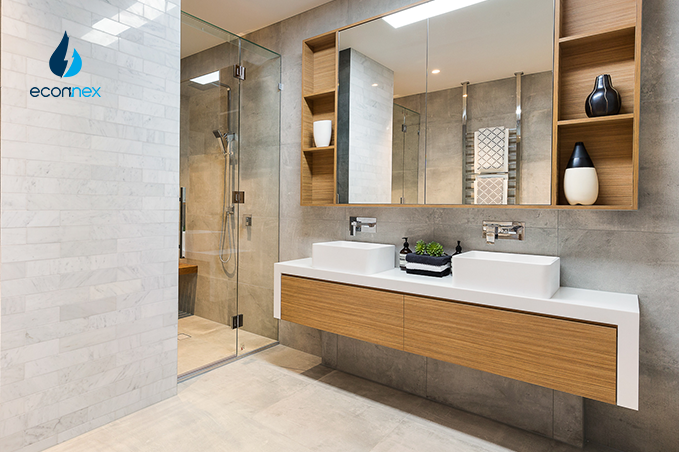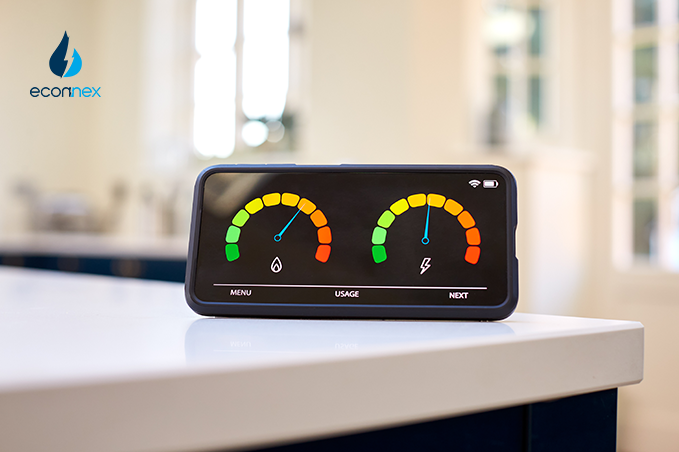Discover the advantages of LED lighting: energy-efficient, long-lasting, eco-friendly, and cost-effective. Illuminate your world with LEDs!

Published on 18/12/2023
By Amita Hemkar
Energy Comparison
LED lighting becomes an essential part of our advanced world and the new trend in lighting technology. It is recommended to use most energy key players and professionals as it is better compared to other lighting, but why? As you read this article you will learn the importance and benefits of switching to and choosing LED.
Let’s get to know more about LED.
LED stands for Lighting Emitting Diode. It is a type of semiconductor device that emits light rays. How do they work? When an electrical current passes through a microchip that converts electricity into light, the result is visible light.
This technology has been around for years and has been widely used for quite some time now as street lights, LED spotlights, rope lights, LED flood lights, and lighting solutions for homes and commercial.
Energy Efficiency
LEDs use about 50% less electricity than incandescent, fluorescent, and halogen lighting. It reduces 70-90% of energy costs compared to a traditional one. LED lights also aim light in a specific direction, which means they emit light in a single direction whereas fluorescent and incandescent bulbs emit light and heat in all directions. This directional lighting capability reduces wasted light and energy.
Extended Life
Quality LEDs have an expected lifespan of 30,000-50,000 hours or even longer while a typical incandescent bulb lasts only about 1,000 hours, and a comparable compact fluorescent lasts 8,000 to 10,000 hours.
In addition to this, LEDs do not “burn out” or fail, unlike incandescent bulbs which have 90% of their energy released as heat. LED does not emit heat the way a traditional bulb does as it has a heat sink, which is a passive device that absorbs the heat produced, this keeps LEDs from overheating and burning out.LED lighting reduces the expenditures of replacing bulbs in commercial and home properties.
Cold temperature operation
LEDs are still working efficiently in the cold, unlike fluorescent bulbs which needed a higher voltage to start at low temperatures. LED performance increases when temperatures drop. This makes LEDs suitable for refrigerated display cabinets, cases, freezers, and cold storage.
Durability
Traditional lighting usually contains glass which is vulnerable to damage. On the other hand, LEDs are not using any glass instead they are mounted on a circuit board and connected with soldered leads similar to small electronic devices. LEDs are breakage-resistant and free of vibrations and other impacts.
Instant on
LEDs come on at 100% brightness the time you switched them on compared to most fluorescent and HID lamps that do not provide full brightness the moment they’re switched on. Some require three minutes or more to reach the maximum light output. For business and commercial, this can be advantageous during a power outage or if any employees open the store during early morning hours when it is still dark outside.
Rapid Cycling and Controllability
Traditional light sources tend to have a shorter lifespan the more they’re switched on and off while LED’s are semiconductor devices and have flashing light displays capability. It makes LEDs unaffected by rapid cycling and well-compatible with daylight sensors and controls. Some LEDs can even be dimmed to 10% of light output while most fluorescents only reach about 30% of full brightness.
Safety
When a LED bulb breaks, you would not worry about your kids, pet, or even yourself as they are mercury-free. It is also made mostly of metal and plastic rather than glass and a fragile filament which is more harmful when damaged. Another thing is, a majority of the power used by incandescent bulbs is converted into infrared (IR) or radiated heat. Excessive heat and ultraviolet radiation are a hazard to consumers’ health. LEDs emit no IR or UV.
Design Flexibility
LEDs can be combined in any shape to produce highly efficient illumination. It can also be dimmed, resulting in dynamic control of light, color, and distribution. Well-designed LED can achieve fantastic lighting effects for the eye, mood, and mind.
Common LED colors include amber, red, green, and blue. To produce white light, different color LEDs are combined or covered in a yellowish material phosphor. Colored LEDs are widely used as signal lights and indicator lights, like the power button on a computer.
Low-voltage
LEDs provide 100 or even up to 200 lumens per watt. In contrast to this, CFLs use about twice the amount of watts, and incandescent light bulbs around 10x as much power with only 18-20 lumen per watt.
LED lights use less power (watts) per unit of light (lumen) generated. It means they are not just much longer-lasting in lifespan but also lower your electricity consumption.
Now that you learn the benefits of LEDs, you can make a wise choice and start saving money on your energy bills. Visit Econnex.
Choose LED for your lighting needs!



